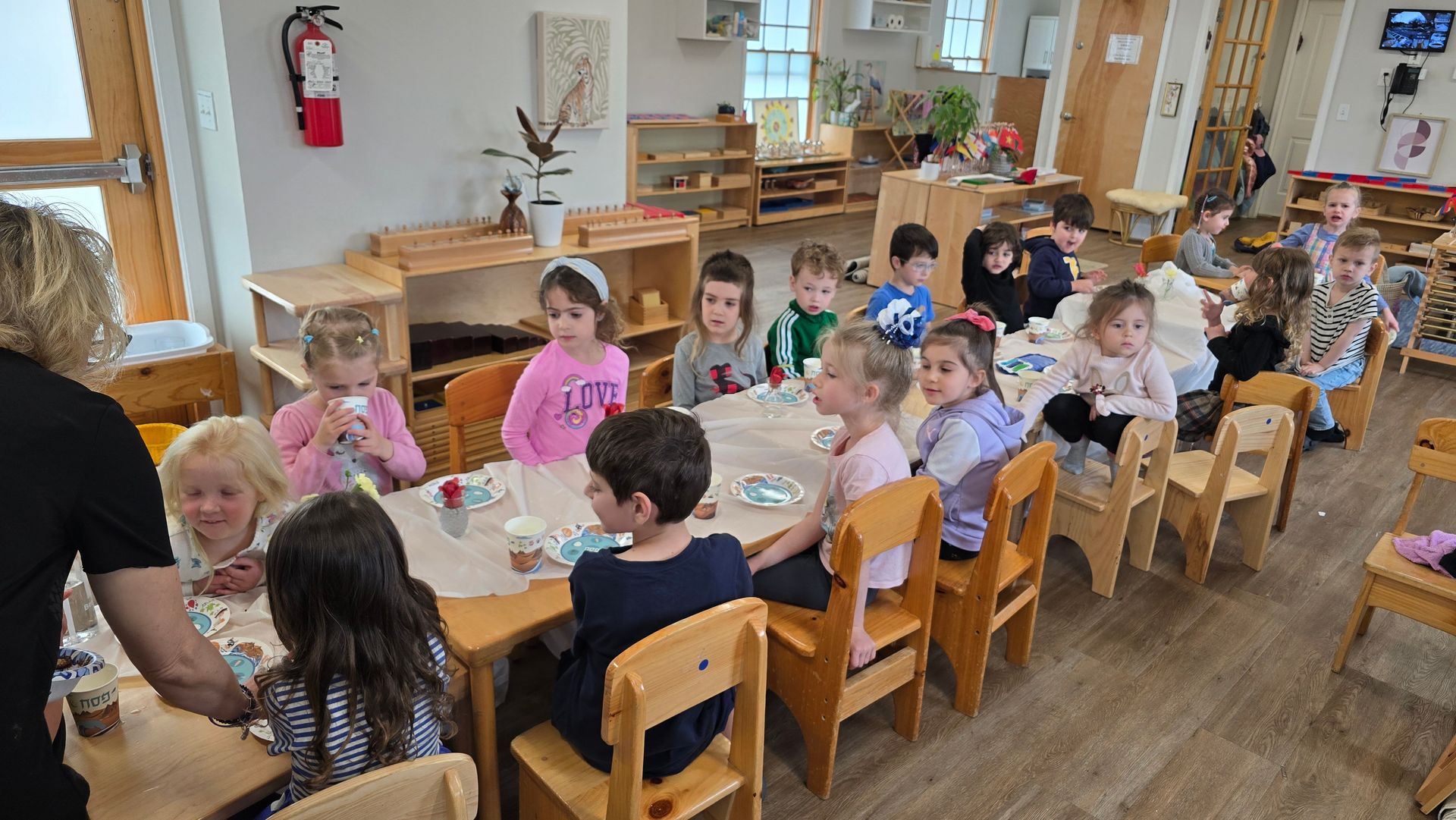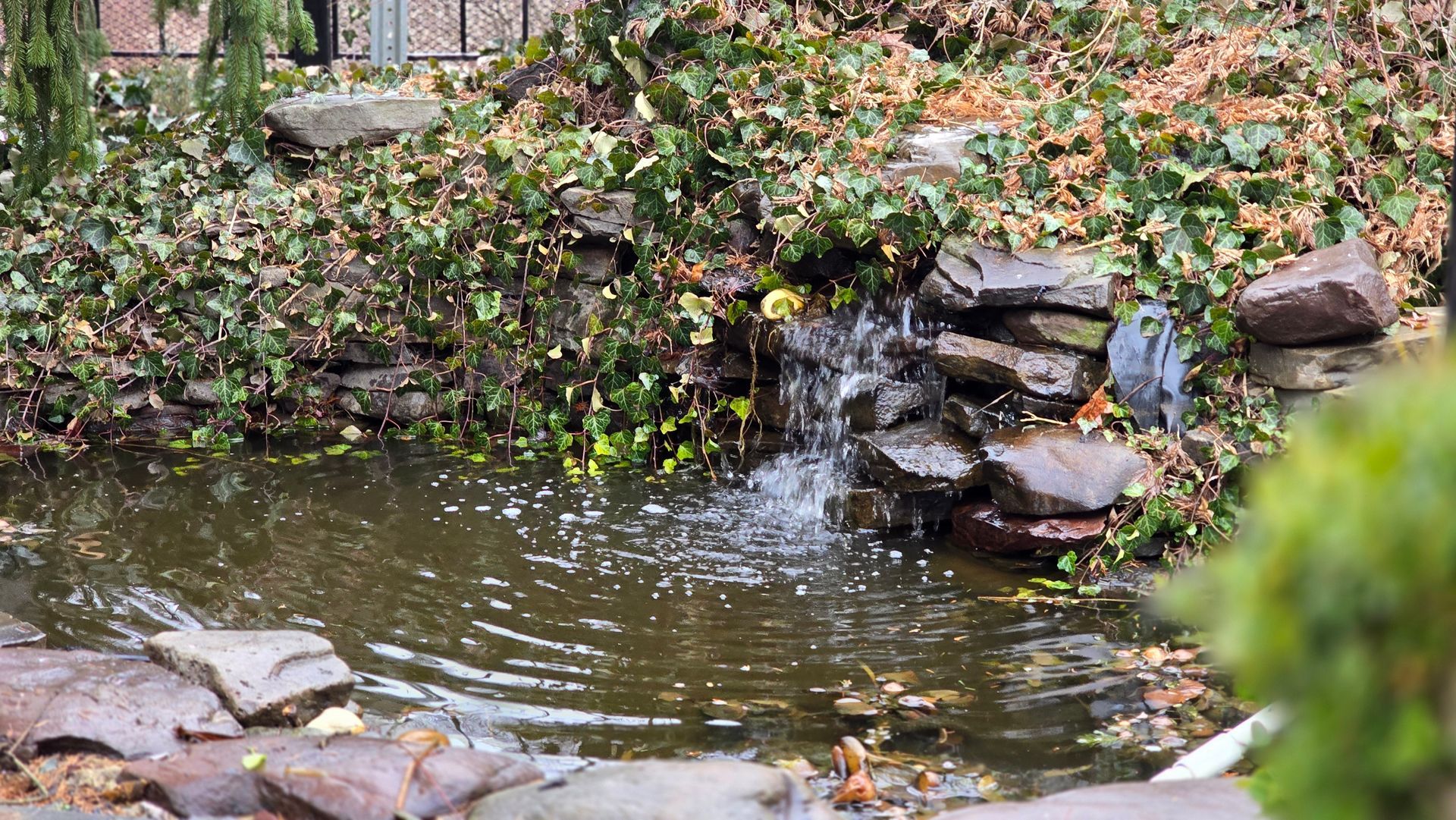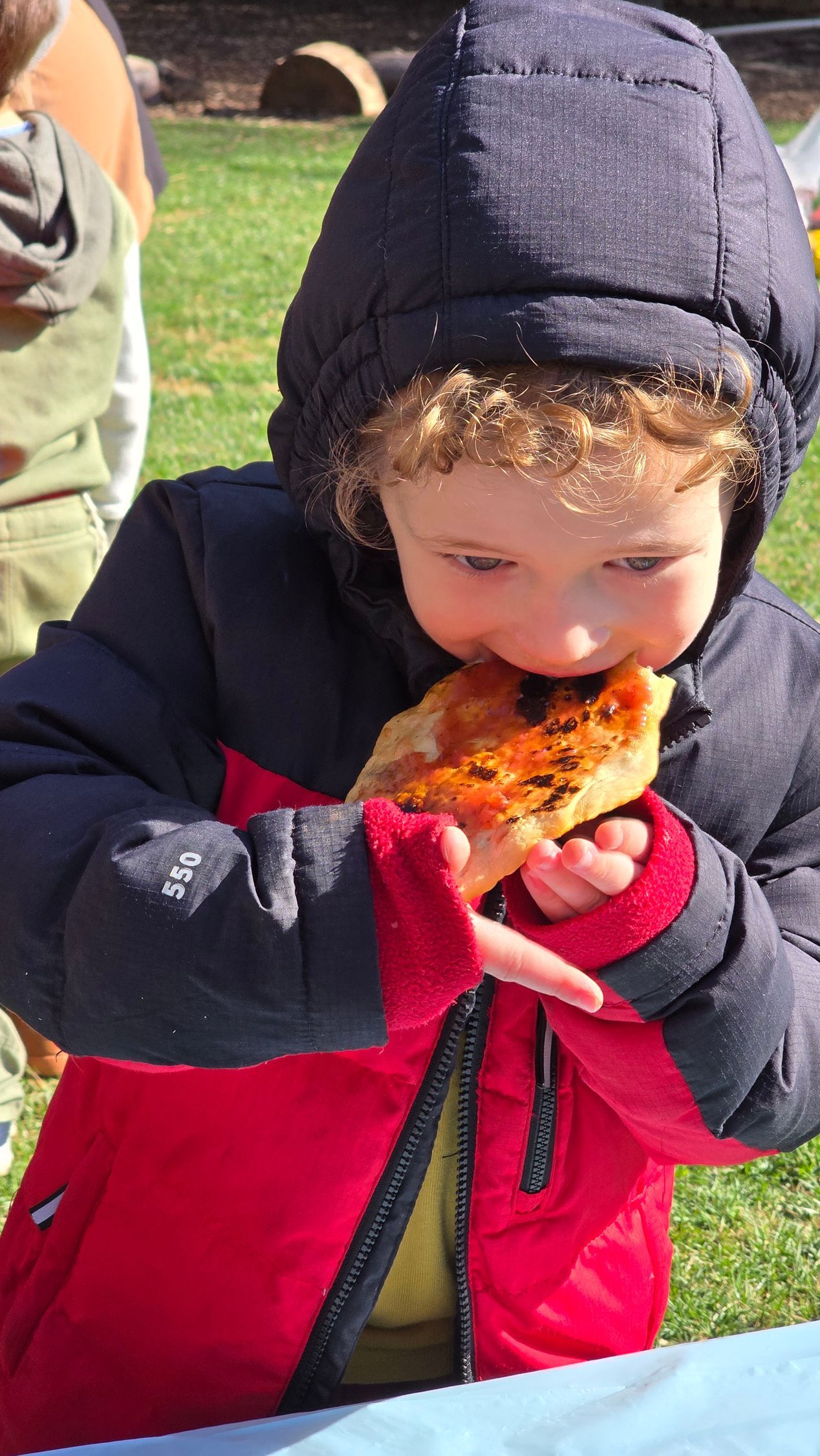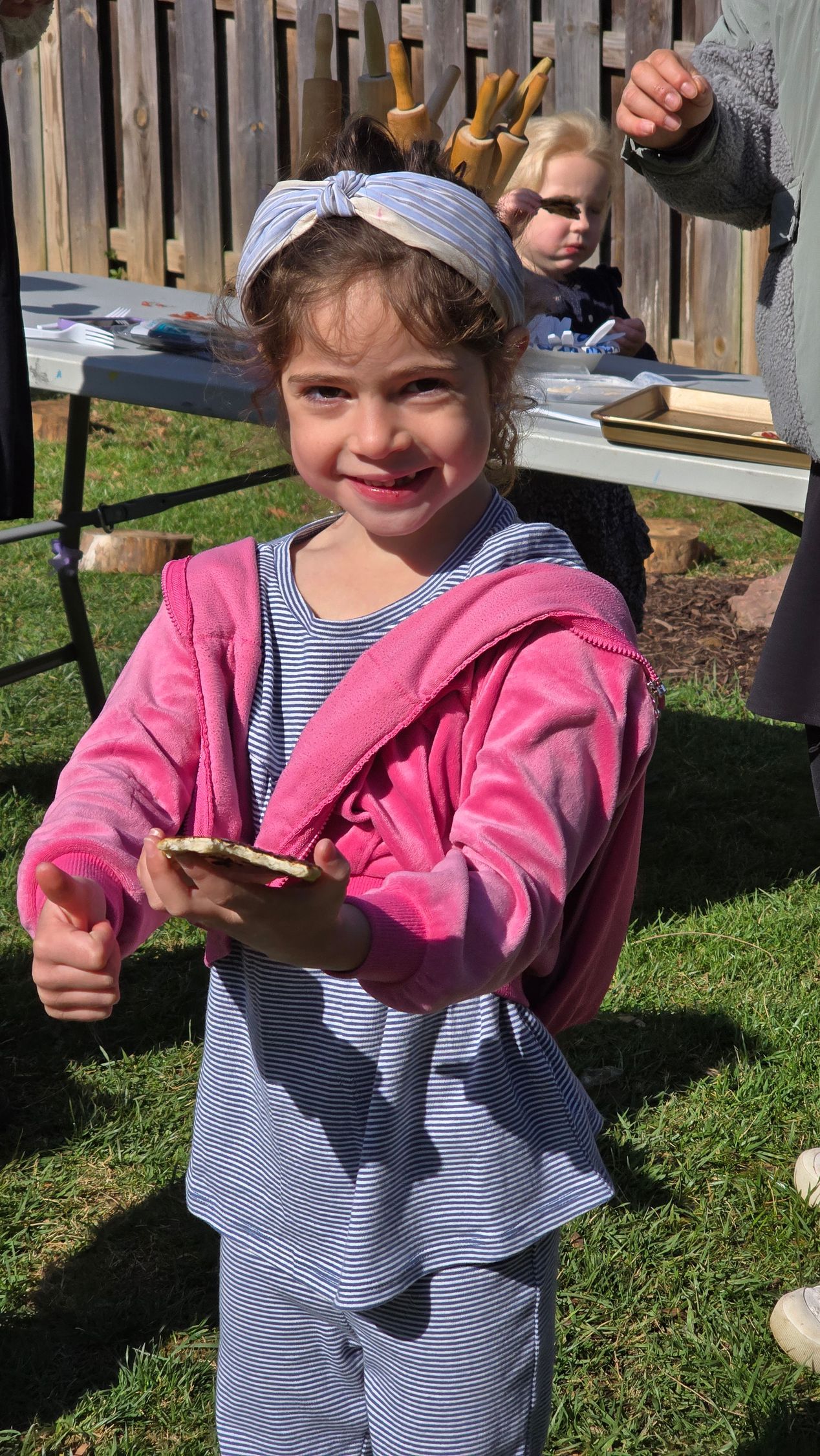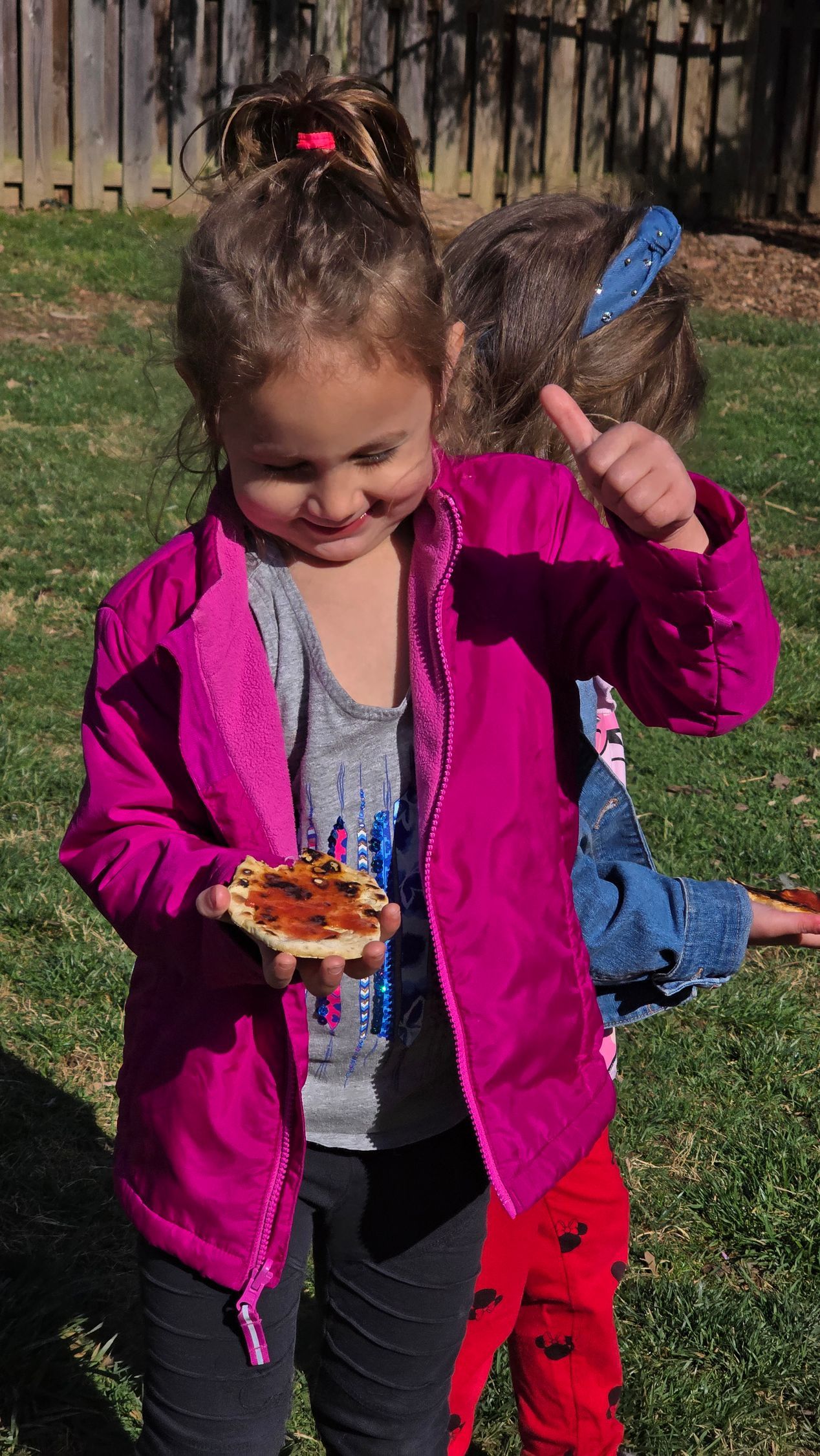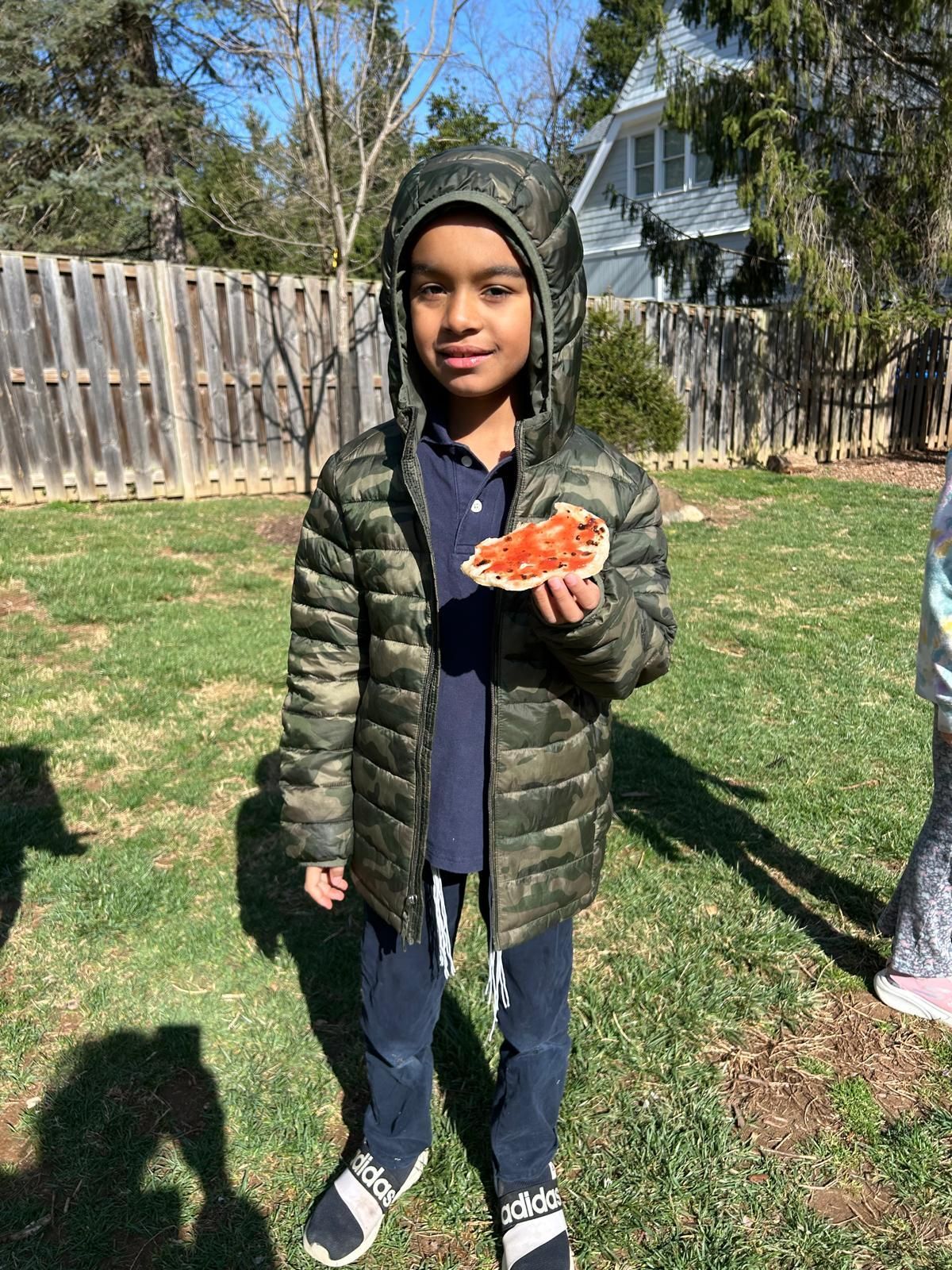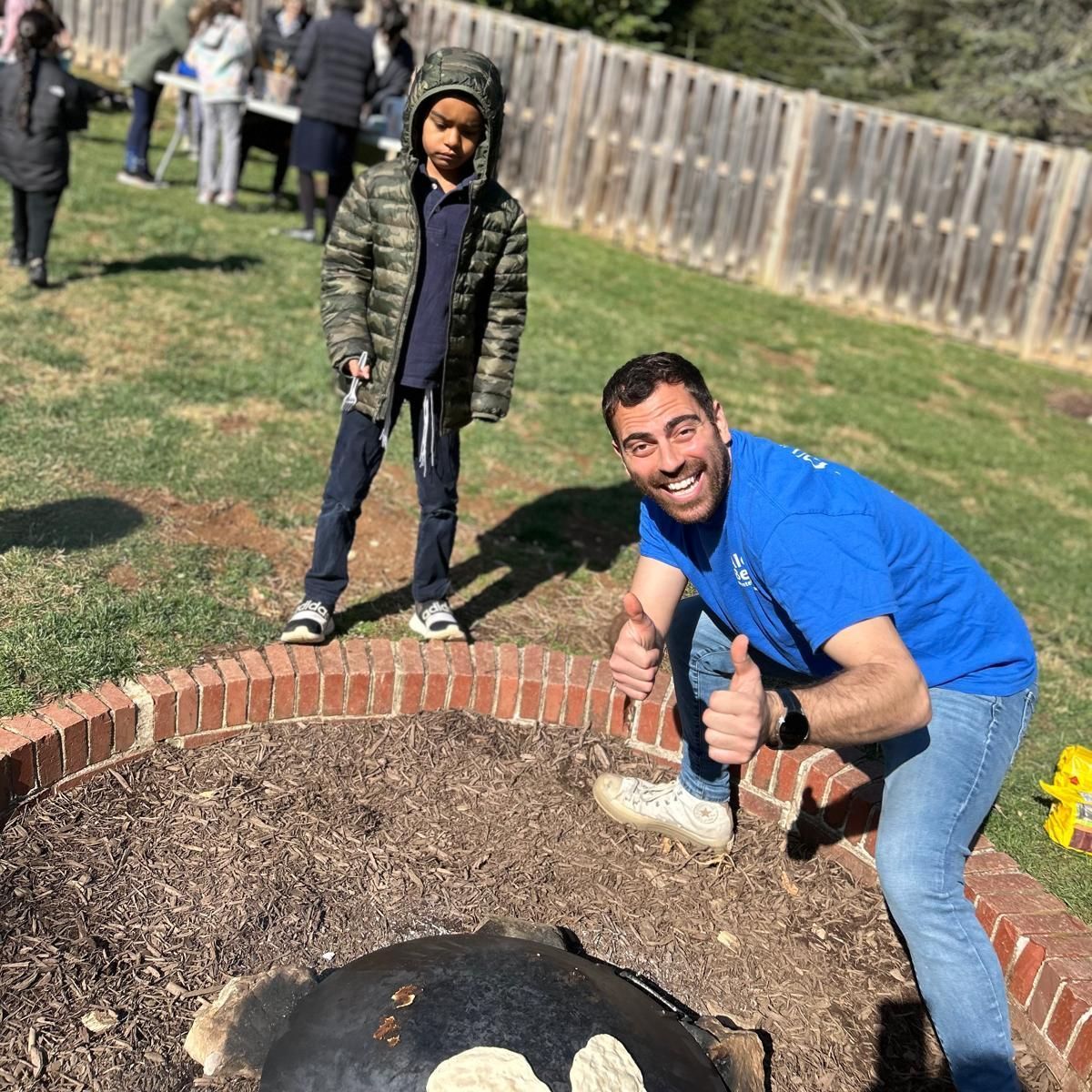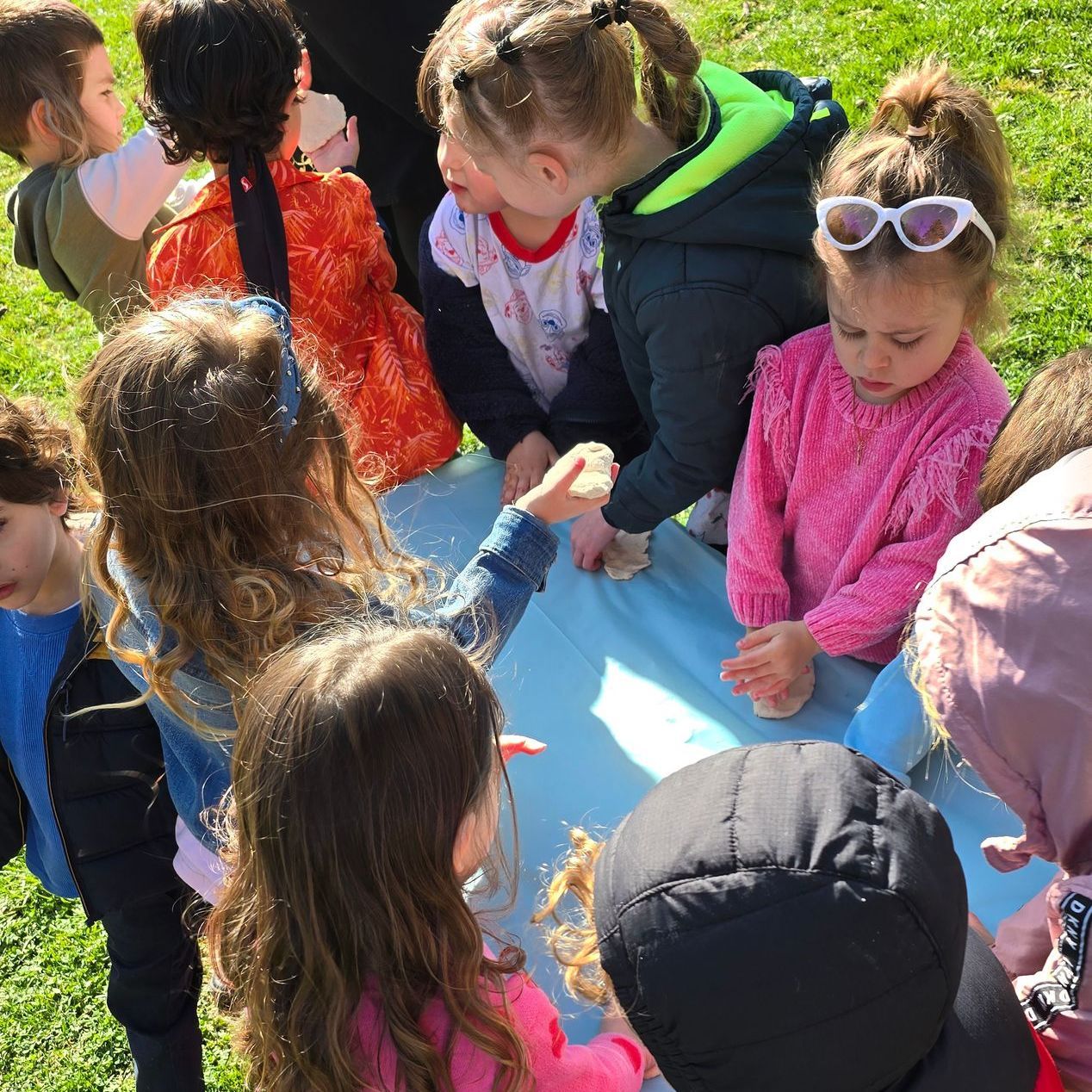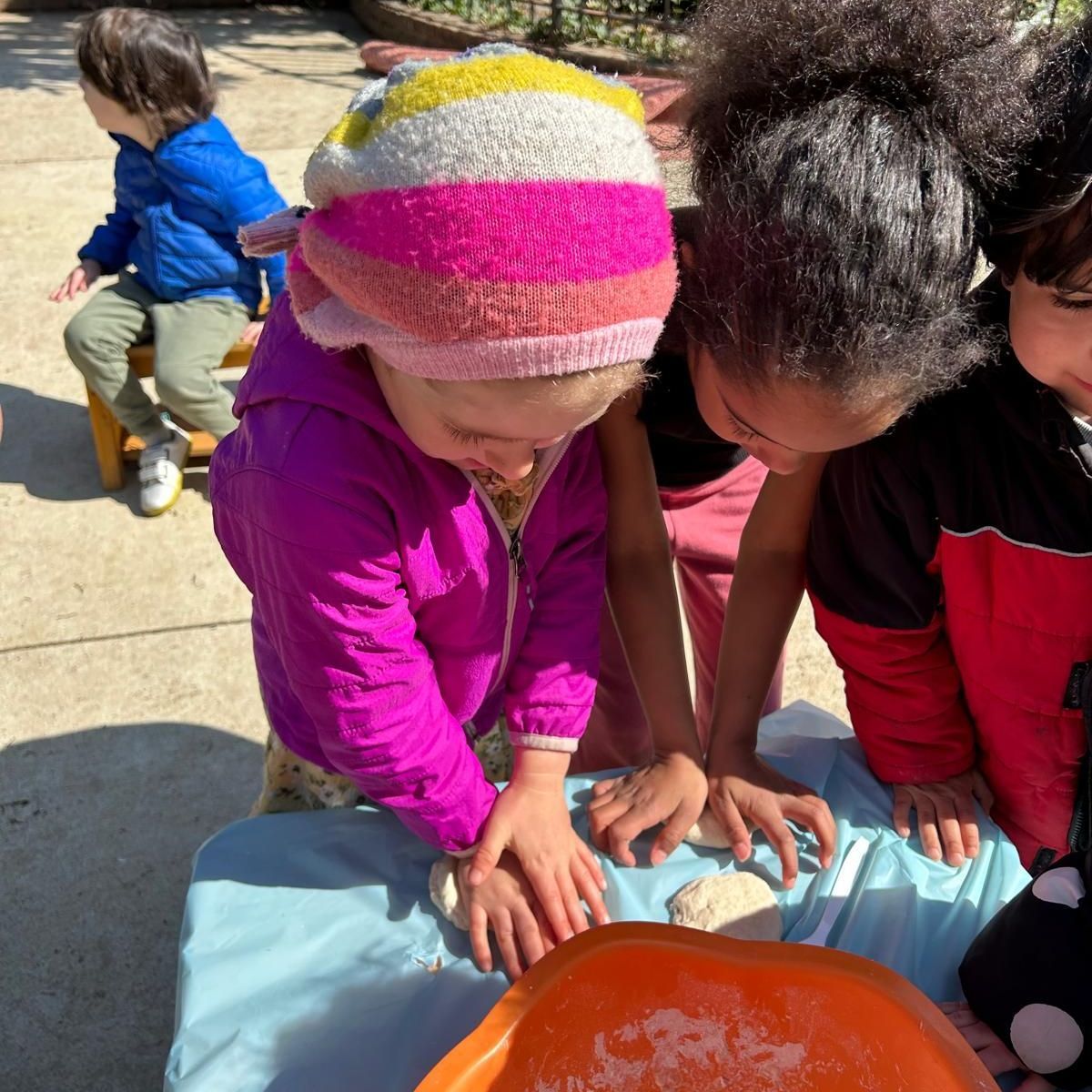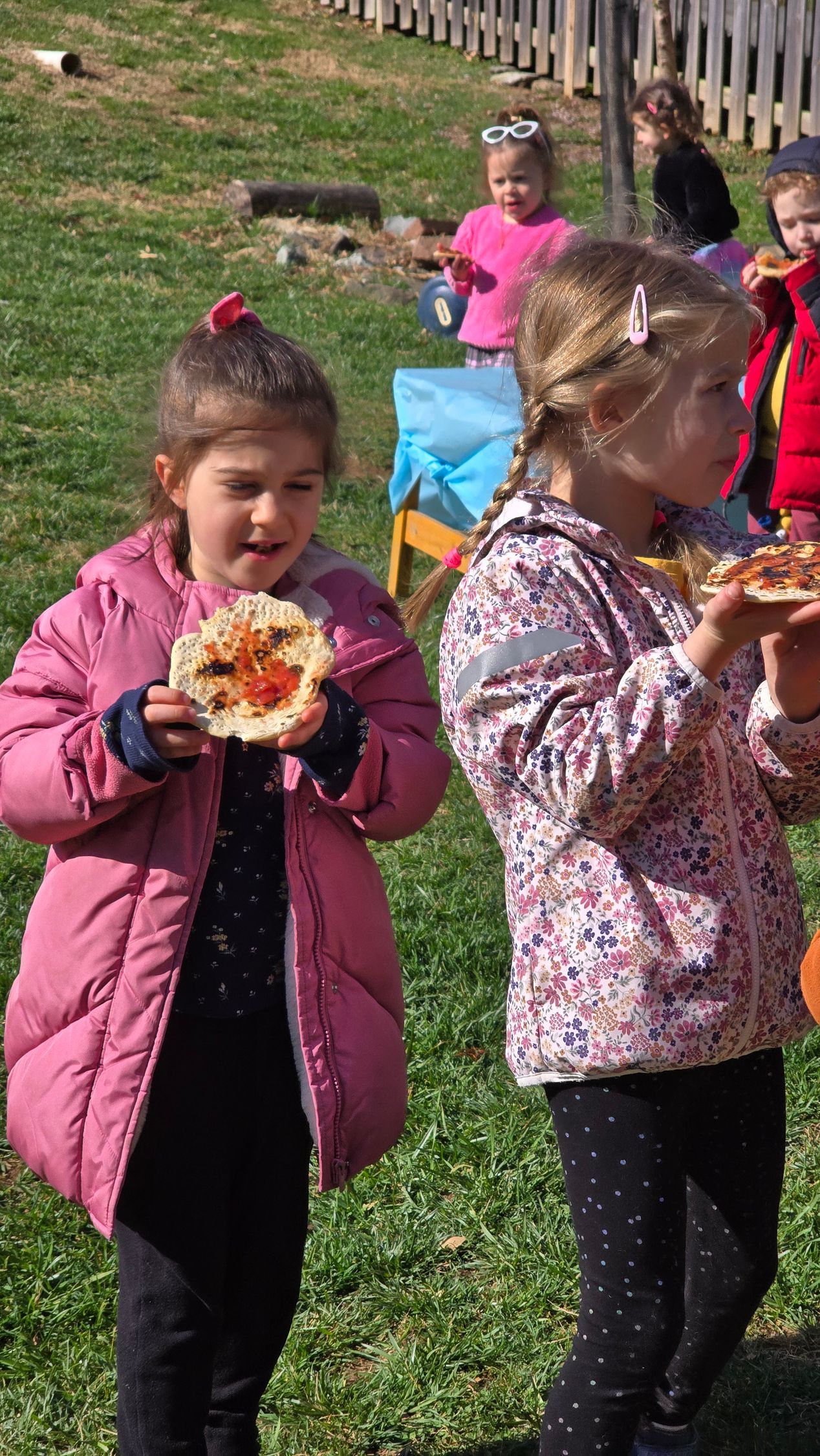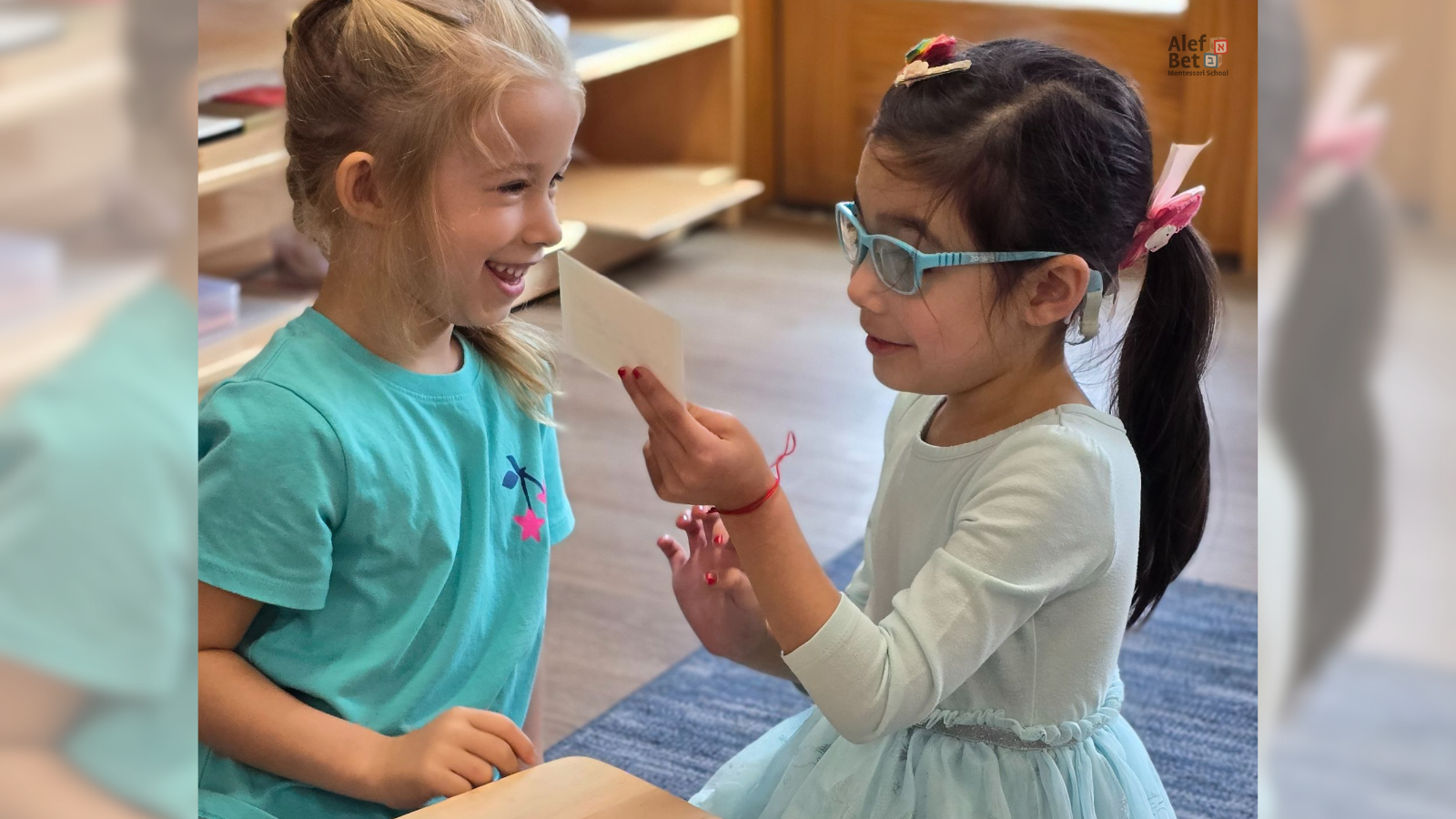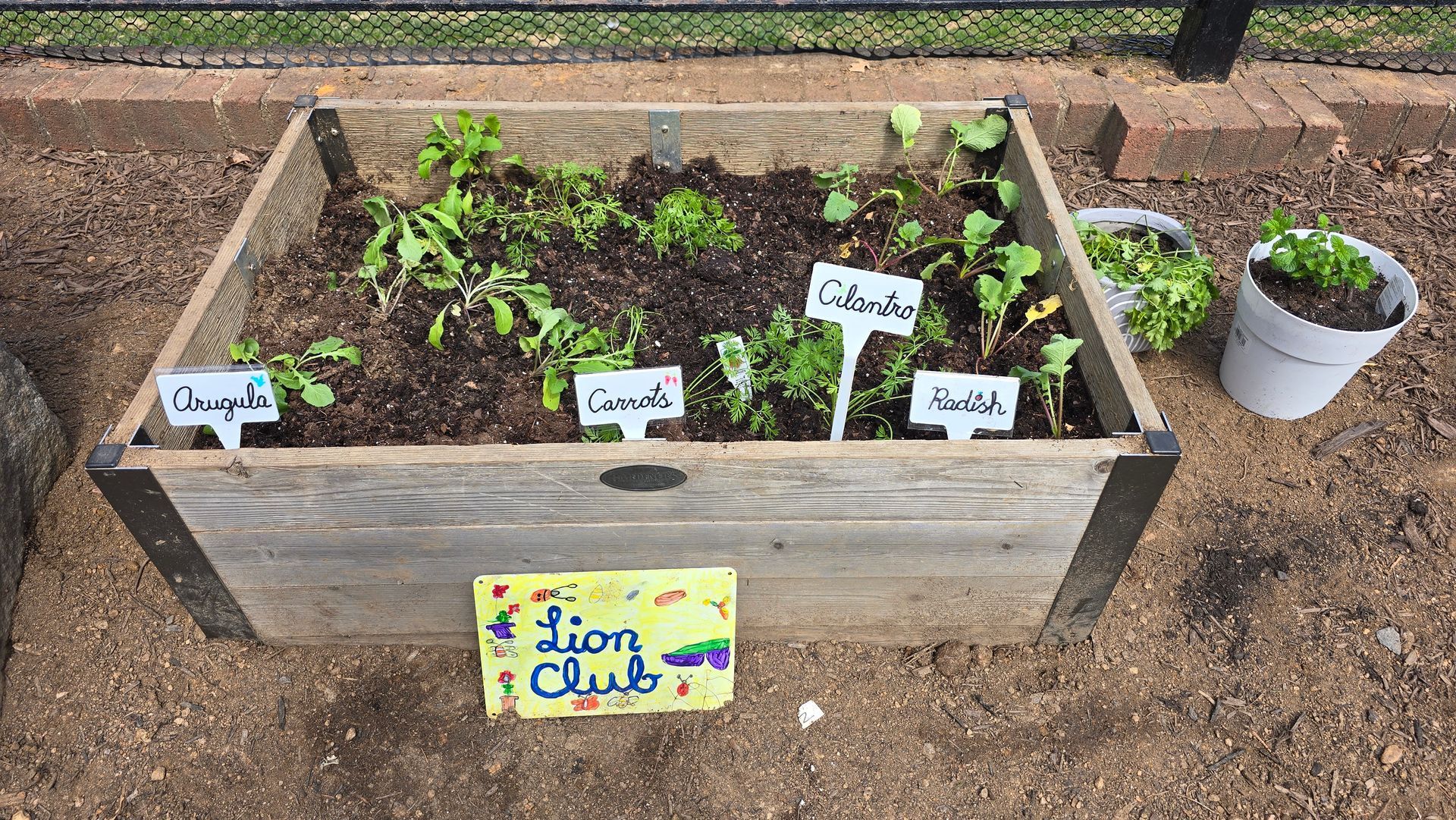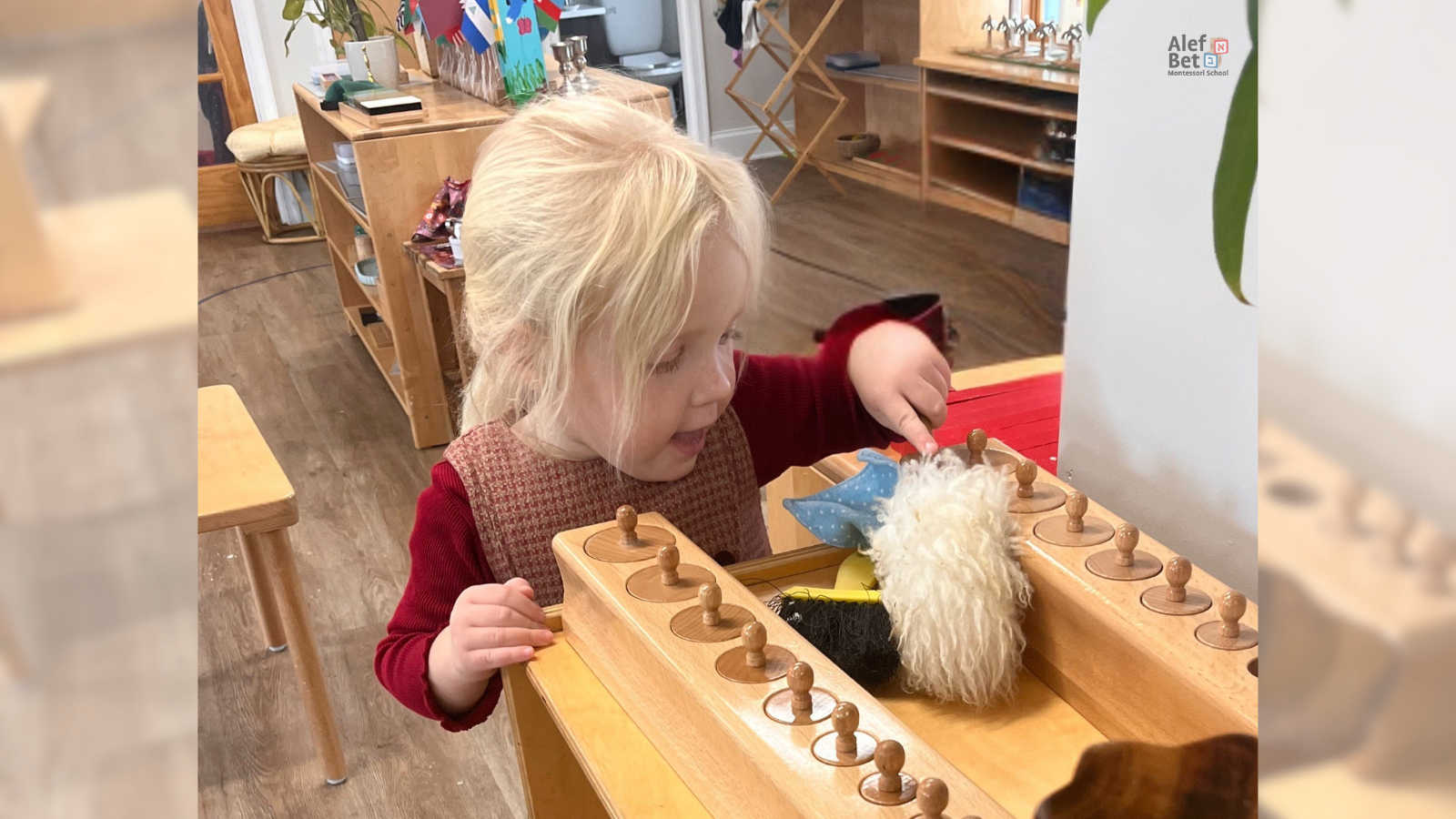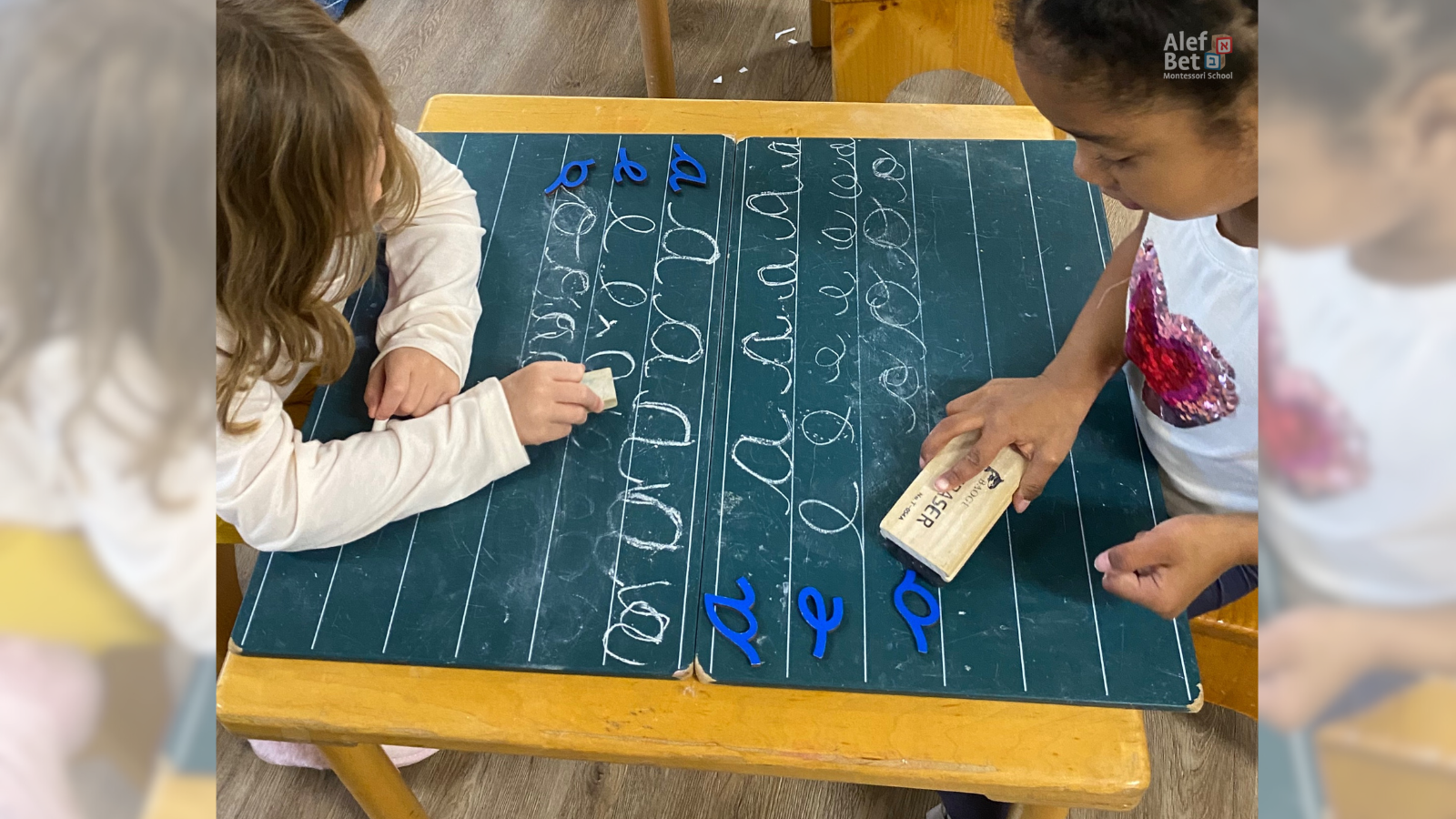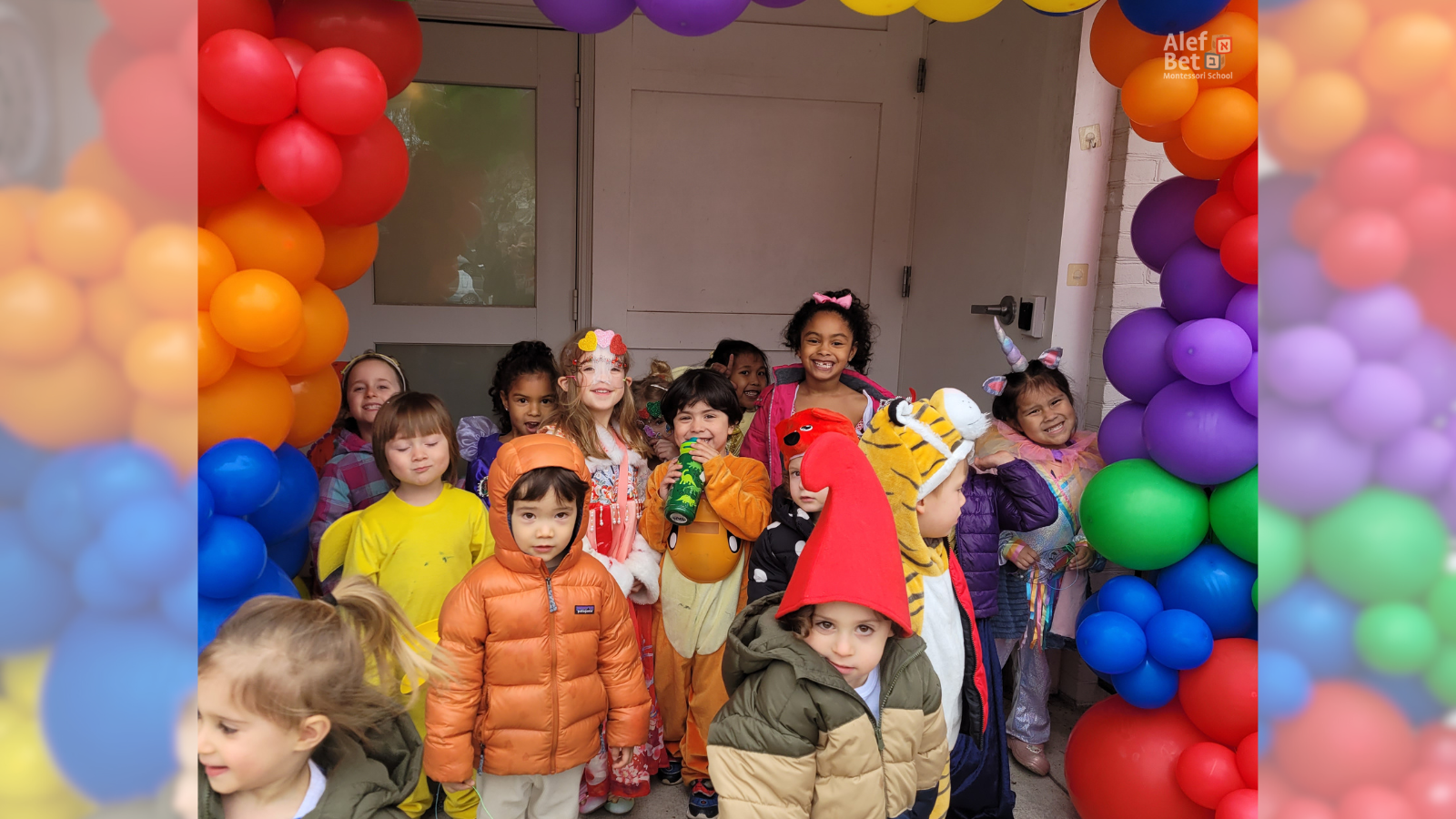Baking Matzah: A Hands-On Montessori Pesach Experience
In the days leading up to Pesach (Passover), our children stepped into history, reliving the journey of Bnei Yisrael as they hurried to leave Mitzrayim. In true Montessori fashion, they engaged in a hands-on experience that connected them to the deeper meaning of the holiday—baking their very own matzah on our school’s tabun (fire pit).
Just like the Israelites had to prepare their dough quickly before their departure, our students mixed flour and water, working swiftly to shape their matzot. They rolled out the dough with care, understanding that there was no time to let it rise. Using forks, they pricked holes into the dough, just as matzah bakers have done for generations to prevent it from rising. Then, with anticipation, they watched as Moreh Or carefully placed each piece onto the heated surface of the tabun, baking them to perfection in mere minutes over the open flame.
This experience was more than just an exciting baking activity. It was a meaningful way to embody the values of Pesach—freedom, resilience, and gratitude. Through hands-on work, the children internalized the story, feeling the urgency and simplicity of matzah-making. As they listened to the story of Yetziat Mitzrayim, they could imagine themselves in the place of Bnei Yisrael, experiencing history through their senses.
As we continue to prepare for Pesach, we carry with us not just the taste of the matzah but the values and experiences that make this holiday so special. By engaging in purposeful, hands-on learning, our children don’t just hear the story of the Exodus—they live it.
